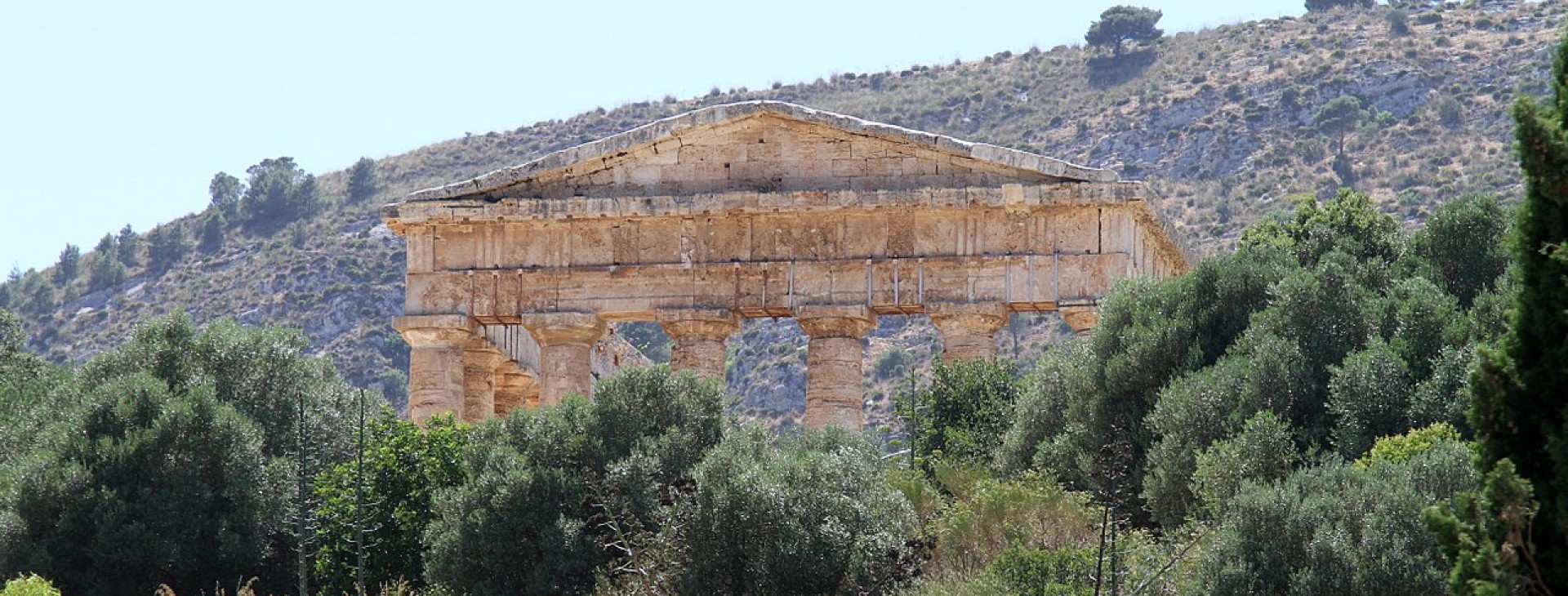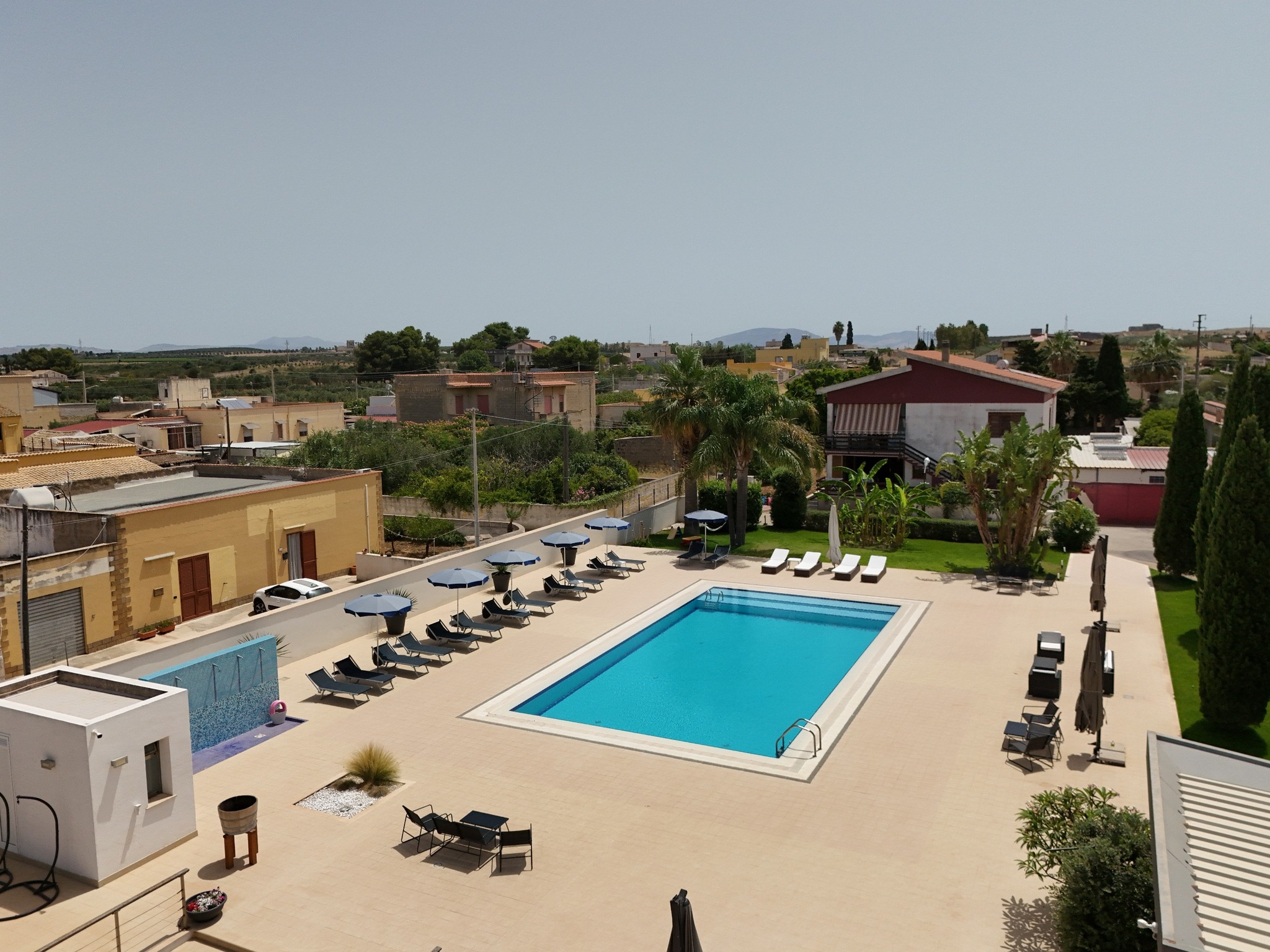
Erice, Segesta
Duration 7 hours approxStarting From 220 € per person
Combined tour of Erice and Segesta.
Erice
Erice is a medieval village overlooking Trapani and is home to the Ettore Majorana Research Center. It is one of the most touristy spots in the area. If possible, visit it at sunset when the view of the Trapani salt pans and the Egadi Islands is at its best. Remember to bring a jacket, as Erice is located 751 meters above sea level and temperatures, even in midsummer, are several degrees lower than the coast.
Erice is sunny and bright during the warm summer days when light floods the streets and stunning views open up over the valley and the sea. In winter, wrapped in clouds, the town seems to reconnect with its mythical roots, giving travelers a sense of tranquility and well-being, as if arriving in a place out of time and reality. The medieval atmosphere, fresh air, beautiful surrounding pine forests, tranquility, and local craftsmanship make it a favorite destination for tourists.
Erice, a city of science and peace, is rich in history and traditions that have persisted through the centuries. The medieval town’s unique features make it one of a kind. It is a true place of peace, enriched by breathtaking views extending from the western inland of Sicily to the picturesque Egadi Islands.
Erice is also known for its delicious and charming sweets called “Ericini.” This gastronomic and cultural tradition was started by the expert hands of the nuns of the Monastery and has continued over the years thanks to the skill of Erice’s master confectioners. The Ericini are colorful pastries, artistically decorated to look like real lace. The pastries are filled with citron marmalade, traditionally matured in special jars. Ericini are still made today using the recipes passed down by the nuns of the Convent of San Carlo.
Segesta
Segesta was one of the major cities of the Elimi, a people of peninsular culture and tradition who, according to ancient tradition, came from Troy. The city, heavily Hellenized in appearance and culture, reached a prominent role among Sicilian centers and in the Mediterranean basin, involving Athens and Carthage in its longstanding hostility with Selinus. Destroyed by Selinus with Carthaginian intervention in 408 BC, Segesta experienced varying fortunes in the subsequent period, until it was conquered and destroyed by Agathocles of Syracuse in 307 BC, who renamed it Diceopoli, City of Justice. Later, regaining its original name, it came under Roman control during the First Punic War. Due to its legendary Trojan origins, the Romans exempted it from taxes, granted it a vast territory, and allowed it a new period of prosperity. Segesta was completely replanned according to the model of major Anatolian cities, taking on a highly scenic appearance. It was long believed that Segesta was abandoned after the Vandal invasions, but recent investigations have revealed a late-antique phase, an extensive Muslim village, followed by a Norman-Swabian settlement dominated by a castle on top of Mount Barbaro. Already famous for its two main monuments, the Doric temple and the theater, Segesta is now experiencing a new season of discoveries thanks to scientific excavations aiming to restore a comprehensive image of the city.
Excursion Details:
- Duration: About 7 hours.
- Price: Includes up to 3 participants. Additional participants, see booking form prices.
- Notes: Meals, entrance tickets, and guides are not included.
- Booking: Book directly using the form by selecting date, time, and participants.
Useful Links

For info or custom services
Contact Us











